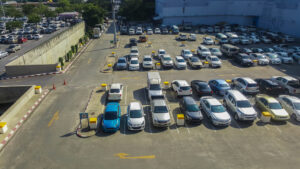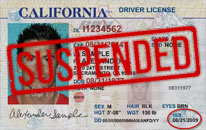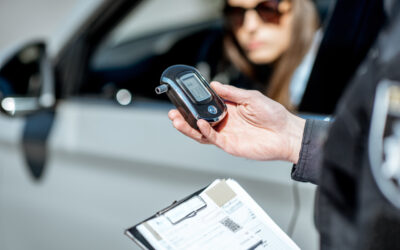
If a car is damaged while being held in a police impound lot, the owner may be able to seek compensation—but proving liability can be challenging. Police departments and contracted tow yards often deny responsibility unless there is clear evidence that the damage occurred while the vehicle was in their care.
The outcome depends on when the damage occurred, the policies of the impound facility, and whether a formal claim is filed in a timely manner.
Speaking with a Los Angeles DUI lawyer can provide clarity on your legal rights and whether compensation might be possible, regardless of why the vehicle was impounded.
Common Types of Damage in Impound Lots
When a vehicle is impounded, it may sit in storage for days or even weeks. During that time, several types of damage can occur, including:
- Scratches or dents: From tight lot spacing or improper handling.
- Broken windows or mirrors: Sometimes caused during towing or storage.
- Interior damage or theft: Especially if the vehicle is left unlocked or unmonitored.
- Flat tires or battery issues: From extended disuse or poor conditions.
While the initial arrest or tow might cause some damage, new issues can appear during impound, particularly in unsecured or high-volume facilities.
Who is Responsible for the Damage?
Responsibility for damage depends on when and how the damage happened. If the damage occurred while the vehicle was being towed or while it was under the control of the police or the contracted storage lot, there may be grounds for a claim. However, owners often face challenges when trying to prove that the damage wasn’t pre-existing.
In many cases, impound lots include fine print on release forms stating they are not liable for damage unless it can be clearly documented. Photos taken at the time of arrest, tow, or impound can make a major difference in determining whether compensation is possible.
Filing a Claim for Damage
To pursue reimbursement, a vehicle owner typically needs to file a claim directly with the police department, towing company, or storage lot. This process may include:
- Submitting photos of the damage and documentation showing the condition of the car before impoundment.
- Filling out a claim form, often with the city or county’s risk management office.
- Providing tow records, police reports, and a repair estimate.
If a claim is denied, owners can escalate the matter through legal channels, including small claims court or municipal review boards.
What if the Police Say the Damage isn’t their Fault?
It’s common for law enforcement agencies or impound companies to deny responsibility. They may argue that:
- The damage existed before the tow.
- The vehicle was left unsecured or already in poor condition.
- Their lot policies clearly waive liability.
Still, the vehicle owner has the right to dispute those claims—especially if they have supporting evidence. Witness statements, timestamped photos, or vehicle inspection records can all help support a case.
Can I Sue for Damage to My Impounded Car?
Yes, in some cases, car owners can take legal action to recover the cost of repairs or loss of value. This is usually done through small claims court for lower-dollar damages, but larger claims may require more formal legal proceedings.
A judge will consider whether the impound facility had a duty of care and whether they failed to protect the vehicle from damage.
Consulting with a Los Angeles DUI lawyer may help clarify whether pursuing legal action makes sense—particularly if the car was towed following an arrest. DUI-related impounds can involve added legal complexities that impact both vehicle release and claims for damage.
How a DUI Complicates Vehicle Release
If the car was impounded following a DUI arrest, recovering it may involve additional steps such as:
- Paying administrative and towing fees.
- Providing proof of insurance and vehicle ownership.
- Meeting court or DMV requirements, such as showing proof of enrollment in DUI school.
Damage discovered after a vehicle has been released often falls on the owner to document and prove—so inspecting the vehicle immediately upon pickup is crucial. Photos taken at the lot can help preserve evidence in case a dispute arises.
What to Do if Your Car was Damaged
If your car was damaged in an impound, the best first step is to document everything as soon as possible. That includes:
- Taking detailed photos of the damage before leaving the lot.
- Requesting copies of tow records or impound intake forms.
- Noting any conversations with lot staff or law enforcement.
This is especially important for those wondering, “What happens if my car was damaged at the police impound lot,” as early documentation can significantly strengthen a claim.
Explore Your Legal Options
Damage to a car in a police impound can lead to frustration, unexpected expenses, and legal confusion—especially when the vehicle was towed after a DUI arrest. These situations often involve multiple agencies and unclear lines of responsibility.
Los Angeles DUI Lawyer can connect you with an experienced attorney who understands how these cases unfold and what options are available for recovering costs.
With the right guidance, it may be possible to challenge a denial or pursue reimbursement for the damage done.







